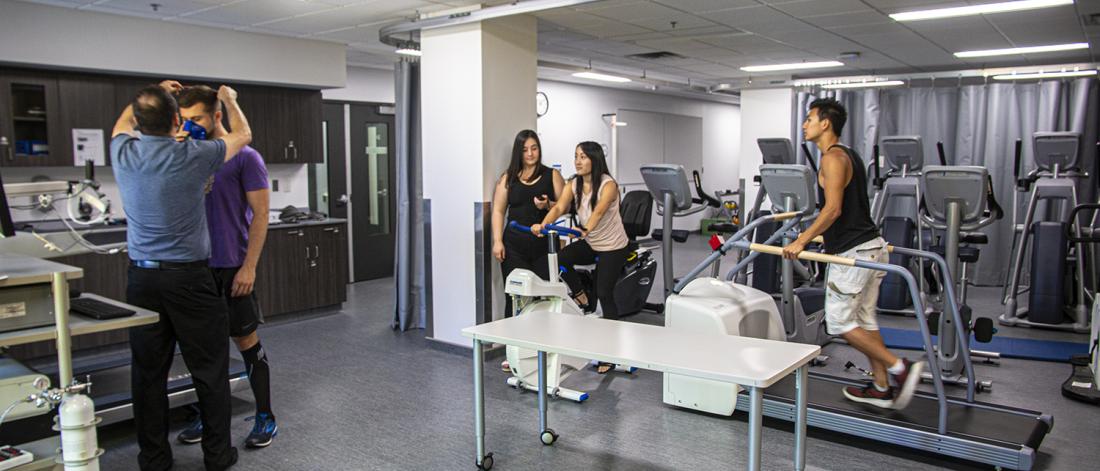Villar, R. Hughson, RL. Vascular conductance and muscle blood flow during exercise are altered by inspired oxygen fraction and arterial perfusion pressure. Physiol Rep. 2017 Mar; 5:5 2017. pii: e13144. doi: 10.14814/phy2.13144.
Villar, R, Gillis, J, Santana, G, Almeida, ALRA. Association between anaerobic metabolic demand during simulated Brazilian Jiu-Jitsu combat and specific Jiu-Jitsu anaerobic test. J Strength Cond Res. 2018 Feb;32(2):432-440 doi: 10.1519/JSC. 0000000000001536.
Villar, R, Beltrame, T. Hughson, RL. Validation of the Hexoskin wearable body metrics vest during lying, sitting, standing and walking activities. Appl. Physiol. Nutr. Metab. 40: 1–6 (2015) dx.doi.org/10.1139/apnm-2015-0140.
Villar R, Hughson RL. Effect of altered arterial perfusion pressure on vascular conductance and muscle blood flow dynamic response during exercise in humans. J Appl Physiol, 114(5):620-627, 2013.
Villar R, Hughson RL. Lower limb vascular conductance and resting popliteal blood flow during head-up and head-down postural challenges. Clin Physiol Funct Imaging, 33(3):186-191, 2013.
Villar R, Hughson RL. Repeatability of popliteal blood flow and lower limb vascular conductance at rest and exercise during body tilt using Doppler ultrasound. Physiol Meas., 34(3):291-306, 2013.
Greenwald, R., Havat MJ, Dons E, Giles L, Villar R, Jakovljevic DG, Good N. Estimating minute ventilation and air pollution inhaled dose using heart rate, breath frequency, age, sex and forced vital capacity: A pooled-data analysis. Plos One, 2019 Jul 9; 14(7):e0218673. doi: 10.1371/journal.pone.0218673. eCollection 2019.
Beltrame T, Villar, R, Hughson, RL. Sex differences in the oxygen delivery, extraction and uptake during moderate walking exercise transition. Appl Physiol Nutr Metab 2017 Sept;42(9):994-1000 doi: 10.1139/apnm-2017-0097.
Beltrame T, Amelard R, Villar R, Shafiee MJ, Wong A, Hughson RL. Estimating oxygen uptake and energy expenditure during treadmill walking by neural network analysis of easy-to-obtain inputs. J Appl Physiol (1985). 2016 Nov 1;121(5):1226-1233. doi: 10.1152/japplphysiol.00600.2016.

